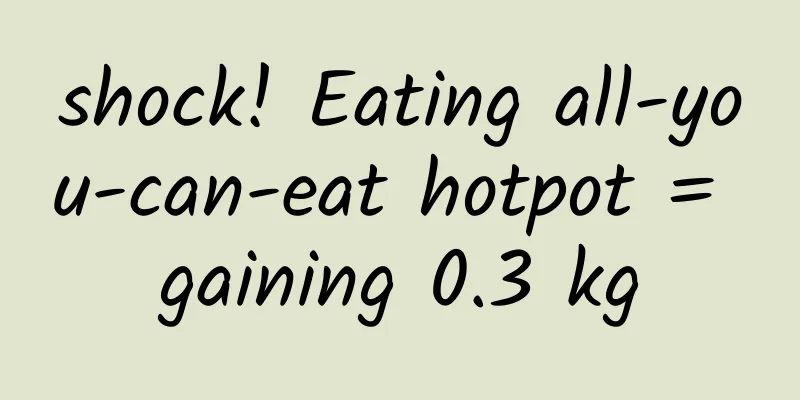Can you get pregnant with endometriosis?

|
It is possible for patients with endometriosis to become pregnant, but the specific situation varies depending on the severity of the disease, the location of the lesions, and the individual's physical condition. Although this type of disease may have a certain impact on fertility, most patients can still successfully become pregnant through timely treatment and scientific assisted pregnancy. Endometriosis is a disease in which endometrial tissue grows outside the uterine cavity, causing inflammation, scarring, and pelvic adhesions, which may affect ovarian ovulation, fallopian tube patency, and embryo implantation. Mild endometriosis usually does not affect natural conception, while moderate to severe patients may need treatment to improve fertility. Common treatments include medication, surgery, and assisted reproductive technology. Medication is mainly based on hormonal drugs, such as GnRH agonists, progesterone, and oral contraceptives, which can help relieve lesion inflammation and reduce pain. Surgical treatment, such as laparoscopic surgery, can remove ectopic lesions and restore pelvic anatomy. For those who cannot conceive naturally, assisted reproductive technology, such as artificial insemination or in vitro fertilization, can be selected. In treatment, combining doctor guidance and individualized plans is the key. Endometriosis is a disease in which endometrial tissue grows outside the uterine cavity, causing inflammation, scarring, and pelvic adhesions, which may affect ovarian ovulation, fallopian tube patency, and embryo implantation. Mild endometriosis usually does not affect natural conception, while moderate to severe patients may need treatment to improve fertility. Common treatments include medication, surgery, and assisted reproductive technology. Medication is mainly based on hormonal drugs, such as GnRH agonists, progesterone, and oral contraceptives, which can help relieve lesion inflammation and reduce pain. Surgical treatment, such as laparoscopic surgery, can remove ectopic lesions and restore pelvic anatomy. For those who cannot conceive naturally, assisted reproductive technology, such as artificial insemination or in vitro fertilization, can be selected. In treatment, combining doctor guidance and individualized plans is the key. For patients with endometriosis, it is particularly important to seek medical attention as early as possible, monitor regularly, and scientifically manage the progression of the disease. Maintaining a healthy lifestyle, including a balanced diet, adequate exercise, and good emotional management, can also play a positive role in improving the success rate of pregnancy. If you have not been able to get pregnant for a long time after diagnosis, you should consult a reproductive medicine expert as soon as possible to optimize the treatment plan and strive for a higher chance of success. |
<<: Uterine cyst drug treatment
>>: What to eat for irregular menstruation and amenorrhea
Recommend
How much does dysmenorrhea surgery cost for women?
How much does it cost for female dysmenorrhea sur...
What should I do if I find uterine fibroids during pregnancy? How should I deal with uterine fibroids during pregnancy?
Uterine fibroids are a common gynecological disea...
Can severe cervicitis be cured with medication?
Severe cervicitis can be relieved to a certain ex...
Is it good to take Chinese medicine for chronic adnexitis?
Patients with chronic adnexitis can relieve sympt...
When is it safe to start exercising after being infected with COVID-19? Rehabilitation physician reveals the best time to...
As the number of people infected with COVID-19 in...
How to treat dysmenorrhea and cold stomach
How to treat dysmenorrhea and cold stomach? Dysme...
How long does it take for irregular menstruation to return to normal after taking birth control pills?
How long does it take for irregular menstruation ...
What medicine is more effective for cervicitis and endometritis?
For cervicitis and endometritis, appropriate medi...
What should women do if they have cervicitis? 4 treatment methods that can cure cervicitis in women
If women have gynecological diseases such as cerv...
Two Chinese medicine prescriptions for treating chronic pelvic inflammatory disease
Traditional Chinese medicine believes that pelvic...
How to prevent cervical hypertrophy
Cervical hypertrophy is a common gynecological di...
A good figure starts with cooking your own slimming meals! Braised pork with ginger juice, adding mushrooms for more nutrition
Many years ago, my husband and I only worked and ...
Study: Obesity between the ages of 30 and 39 may increase the risk of dementia! Young people need to prevent the three highs and metabolic syndrome
Everyone stays away from obesity. Besides the fac...
What to do if the cost of treating hyperprolactinemia is too high
What should I do if the cost of treating hyperpro...
How many days does it take to recover after uterine fibroid surgery?
How many days does it take to recover after uteri...









